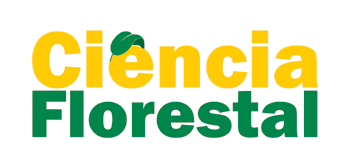A casca é um tecido protetor do câmbio e a exposição a temperaturas acima de 60°C durante 1 a 2 minutos é um dos principais fatores que causam a mortalidade de árvores em incêndios florestais. Neste trabalho foi estudado o nível de proteção da casca, como isolante térmico, de três espécies do cerrado: Pterodon pubescens, Vochysia thyrsoidea e Sclerolobium paniculatum e do Eucalyptus grandis e a influência da arquitetura da casca na transferência de calor. Foram retiradas amostras na forma de painéis da casca de cinco árvores de cada espécie. Determinou-se o tempo necessário para que a temperatura no câmbio alcançasse 60ºC (temperatura letal) e o coeficiente de rugosidade (arquitetura) pela relação entre a área real e a área nominal da amostra. O Sclerolobium paniculatum, com menor espessura de casca, possui o menor tempo de resistência ao calor e o Eucalyptus grandis e o Pterodon pubescens os maiores tempos de resistência ao calor. A exceção foi a gomeira que com a maior espessura de casca possui um dos menores tempos de resistência ao calor. A espécie com maior correlação entre o tempo de resistência ao calor e a espessura de casca total foi o Sclerolobium paniculatum (r = 0,93). O Pterodon pubescens e o Eucalyptus grandis possuem r = 0,73 e r = 0,56, respectivamente, e a gomeira possui um baixo coeficiente de correlação (r = 0,34). A rugosidade da gomeira foi maior e diferiu significativamente das demais. No entanto, o coeficiente de correlação entre o tempo e a rugosidade não foi significativo para todas as espécies, sugerindo que o aumento da rugosidade não influenciou a transferência de calor através da casca.
transferência de calor; arquitetura e casca







